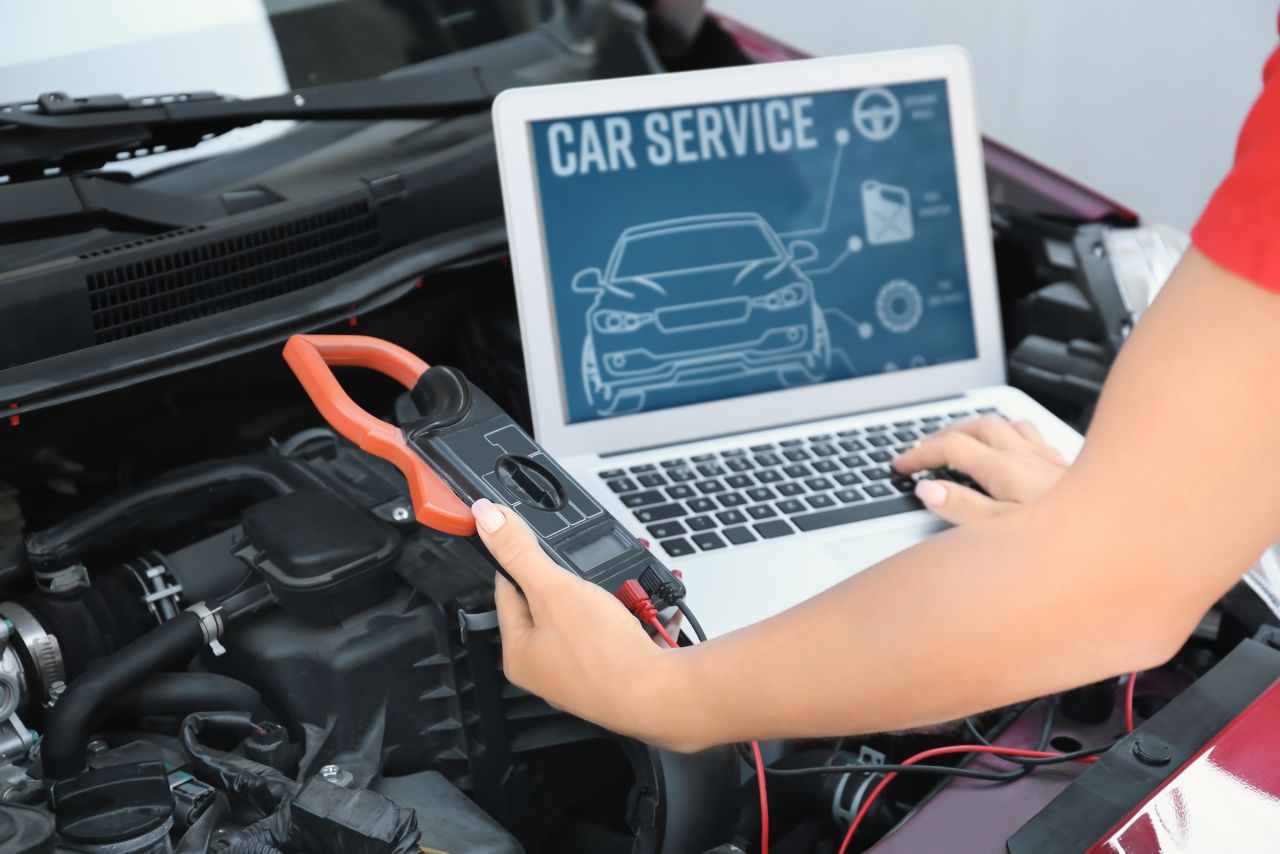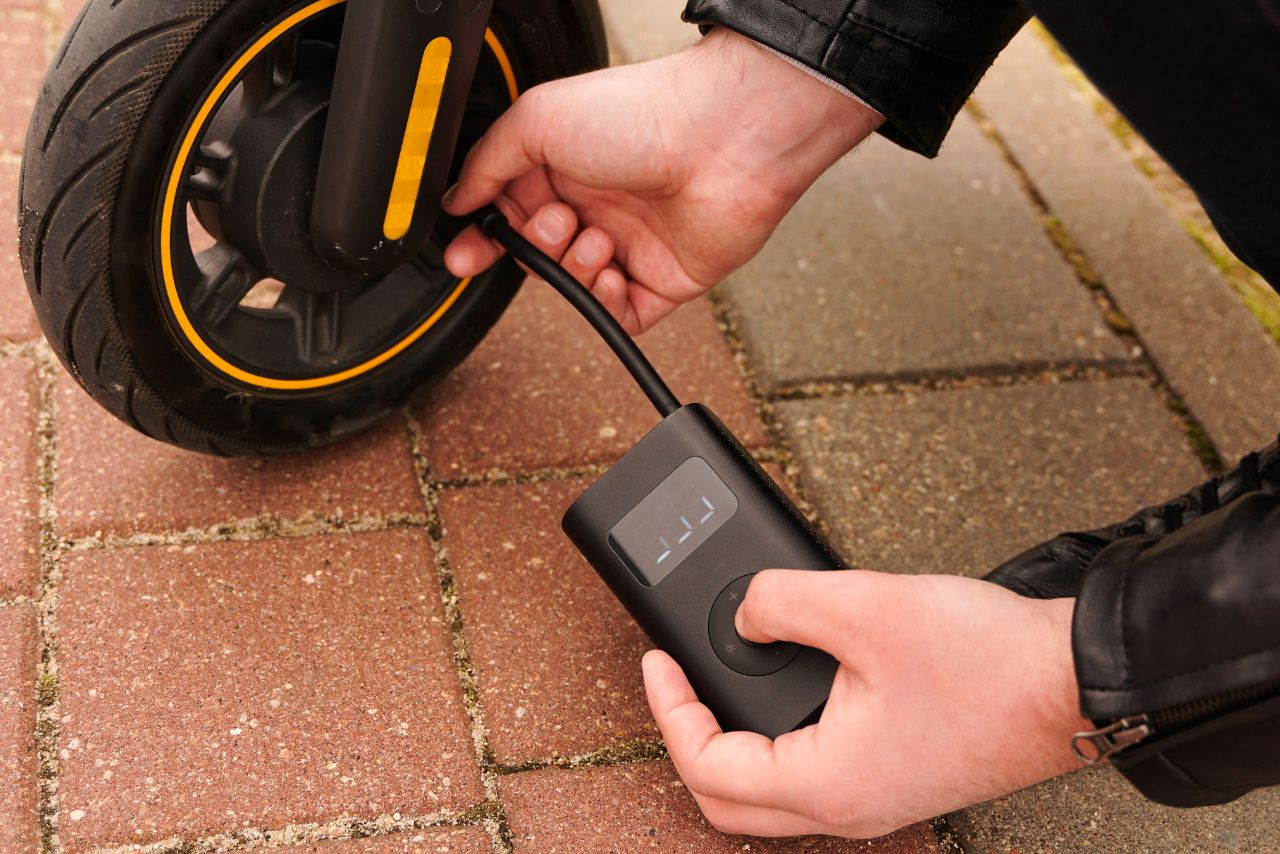Diagnostic trouble codes (DTCs), commonly called “car codes”, provide information about issues with your vehicle’s components and systems.
When a problem is detected, the vehicle’s computer saves a code that points to the likely cause.
Clearing car codes, sometimes referred to as resetting or erasing codes, is possible in many cases, but it’s important to understand the implications before clearing codes yourself.
What Causes Car Codes?
The powertrain control module (PCM) constantly monitors data from sensors throughout your car or truck. When a sensor measurement falls outside expected parameters, the computer records a diagnostic trouble code. Some common causes include:
- Failed or deteriorated sensors sending bad data
- Electrical issues like damaged wiring or connectors
- Mechanical breakdowns like faulty valves or actuators
- Operating components like the mass airflow sensor get dirty
- Evaporative emissions system leaks or blockages
Problems can occur in major systems like the engine, transmission, airbags, anti-lock brakes, power steering, and air conditioning. Even minor issues like a loose gas cap or bad thermostat can trigger a code like u112300.
How Codes Work?
Onboard diagnostics or OBD systems were introduced in vehicles in the 1980s to meet emissions standards.
Early versions called OBD-I simply checked if components impacting emissions like oxygen sensors and the EGR valve were working correctly.
Modern OBD-II systems monitor all major systems and hundreds of individual components.
A Check Engine light is associated with emission-related codes, while a Service Engine Soon, Check Control, or similar warning covers other issues.
Codes have an alphanumeric format like P0301 or B1342 that indicates the system, component, and type of problem detected. Trouble codes are defined by the Society of Automotive Engineers (SAE).
Code readers and scan tools display code numbers and standard text descriptions like “cylinder 1 misfire detected” or “left rear wheel speed sensor fault”.
DTCs have several statuses:
| Code Status | Meaning |
|---|---|
| Pending | Potential fault detected intermittently – system is checking for consistent signs of an issue |
| Active | Confirmed trouble code – a problem was detected and the code was saved to memory |
| Permanent | Serious emission system issues detected across multiple drive cycles get locked into memory |
Should You Clear Codes?
In some cases, clearing codes makes sense:
- You performed a repair and replaced the faulty component causing the code – erasing it lets you check if it’s working properly or the issue is actually fixed
- A pending trouble code was logged temporarily but has not returned after extensive driving
- You need to prepare the car for an emissions test and don’t want old codes to cause it to fail
However, erasing codes can sometimes do more harm than good:
- Clearing codes simply turns off the Check Engine light temporarily but does NOT fix the underlying problem
- Valuable diagnostic information pointing to the issue is erased
- Readiness monitors need to be reset and this can cause an emissions test failure
So before clearing codes on your own, it’s wise to carefully consider the pros and cons or consult with your trusted mechanic.
Also Read: What Problems Does The Kymco Ak 550 Have? Find Solution!
How to Clear Codes?
For DIYers, the easiest way to reset Check Engine lights, including PERMANENT codes in many cars, is using an auto scan tool that includes an Erase Codes function.
Handy portable code readers that work on most 1996 and newer vehicles can be purchased quite affordably online or at your local auto parts store or retailer like Walmart or Amazon.
Follow your scanner’s instructions, but the basic process is:
- Connect scan tool to the vehicle’s OBD-II port, usually located under the dash
- Turn on ignition but do not start engine
- Use the scan tool to access stored codes
- Erase or clear codes
- Wait for your scan tool to confirm codes cleared or reset
- Disconnect scanner and turn off ignition
This simple process takes just a few minutes. However, it’s critical to address the root cause rather than just clearing codes and putting off repairs.
Clearing Codes Without a Scanner
Lacking a code reader, most vehicles still allow you to reset the Check Engine light and erase any stored DTCs temporarily. This may allow you to pass an emissions test, but will NOT fix underlying issues.
When the problem reoccurs, the computer will detect it again and generate new codes.
The exact steps vary by vehicle make, model, and year. But the general method to manually clear codes is:
- Locate the OBD-II port connector
- Turn ignition on but do not start engine
- Use a jumper wire to connect specific pins in the port
- Wait 1-3 minutes for system reset
- Remove jumper wire, turn off ignition
Jumper locations and exactly how long to leave it connected differs among vehicle manufacturers. Do your homework to find the specific procedure for your car or consult a professional to avoid damage.
Clearing Codes at a Mechanic:
Repair shops and mechanics have professional-grade diagnostic scanners and tools that allow them to accurately diagnose issues causing trouble codes. They also have the expertise to make needed repairs.
Certified mechanics follow a clear process when checking and clearing codes:
- Connect scanner to access computer and pull stored DTCs
- Research codes to identify suspected issues
- Perform tests to confirm causes
- Make necessary repairs to actually fix problems
- Erase old codes from computer memory
- Test drive vehicle and rescan systems to ensure it’s working properly
- Provide repaired vehicle to the owner along with documentation of work performed
Doing it themselves allows mechanics to zero in on the root cause without losing details about problems detected by the vehicle’s onboard diagnostics.
This improves repair accuracy. They’ll also reset monitors so emissions testing is not impacted negatively.
Also Read: Jetson Bolt Pro Troubleshooting! (The Ultimate Guide!)
Risks of Improper Code Clearing:
Erasing DTCs without addressing underlying concerns can temporarily hide potentially serious problems, allow them to worsen, and put safety at risk. Potential consequences include:
- Check Engine light turning off for a while but illuminating again
- Failing emissions testing due to incomplete drive cycles
- Increased emissions from unaddressed exhaust or fuel system faults
- More costly repairs down the road if the issue is ignored
- Breaking down at the worst possible time if mechanical failure occurs
While no actual physical damage occurs from simply clearing codes, covering up problems is never wise.
Diagnostic trouble codes exist to protect drivers from unsafe conditions developing mechanically. Heed their warning or enlist professional help to correctly address concerns.
Professional Code Clearing Near Me:
Don’t allow diagnostic trouble codes or Check Engine lights stress you out! Experienced professional mechanics familiar with troubleshooting OBDII systems have the skills to accurately diagnose issues.
After replacing faulty parts, they’ll clear any stored error codes leaving your dashboard warning lights off. Finding a trusted auto repair shop is easy by searching “professional code clearing near me”.
Frequently Asked Questions
Can I erase codes myself?
Yes, using an inexpensive OBD2 scanner tool lets owners quickly u112300 reset Check Engine lights. Follow your device instructions to connect, access codes, then erase. Unplug when it confirms reset.
Is it bad to clear codes and ignore issues?
While manually resetting does no actual damage, it erases clues to problems and turns off visible warnings. If ignored, faults can worsen leading to breakdowns or failures.
Do erased codes come back?
Since resetting only hides underlying issues temporarily, the same code often recurs within days or weeks if problems remain. The computer detects it again once sensors show out of range readings.
Will clearing codes pass inspection?
Erasing codes may help pass emissions testing after repairs. But if monitors don’t finish their drive cycles to confirm component operation, it may still cause an inspection failure.
How can I fix my car if I don’t know the code?
Shops can’t begin properly diagnosing and addressing issues without access to any saved DTCs pointing to the system and component. Allowing checks while codes are still stored aids troubleshooting.
Key Takeaways
Correctly identifying and fixing the root problems makes warning lights stay off. Ignore trouble codes at your own risk. For experienced diagnostics and safe code clearing near me, search for “professional mechanics in my area”.




